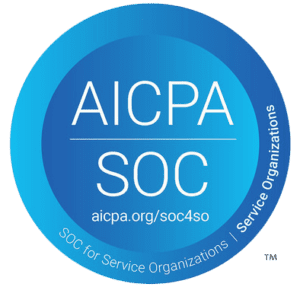Nowadays, it seems like everyone is blogging–from doctors, to lawyers, to designers, to chefs and even financial advisors! A blog gives you the opportunity to showcase your financial expertise, drive web traffic to your website, and attract new potential clients. However, it takes a great deal of thought, planning, and time commitment to create a truly effective blog. This is why we here at Bridge have created these six tips to keep in mind while blogging:
1. Identify an Audience
When blogging, it’s important to identify a target audience and stick to it. Targeted, niche-market content will generate more buzz than vague, general content. Find a niche market that interests you, and focus on creating content targeted towards that audience. Some examples of niche markets include: Millennials, Baby Boomers, Women, Doctors, Educators, Divorcees, etc. The more specific your audience, the better!
2. Create an Editorial Calendar
Take some time each month to sit down and decide what content you want to create for the month. This gives you the opportunity to be more thoughtful about what you’re writing, rather than just writing about whatever pops into your head. Trello is a an online software which allows you to create an editorial calendar quickly and easily, for free.
3. Repurpose Content
There’s a good chance you already have a bunch of great blog post ideas sitting around in your inbox! Spend some time each week flipping through your sent box, and look for answers you’ve sent to client’s questions. What are clients asking about? What do they want to know? This is great content for a blog. Look at the answers you’ve sent clients and transform these into blog posts. It’s less work for you, plus you get more bang for your buck in terms of engaging content that your target audience wants to read.
4. Create Compelling Headlines
A compelling headline is key to increasing the audience of your posts. A good blog headline entices people to click, increasing the traffic you’re driving back to your blog and website. Utilizing a headline analyzer like CoSchedule can help make sure your headlines attract attention to your posts.
5. Consistency is Key
It sounds cliche, but consistency really is key when it comes to blogging. With a steady stream of content, people are more likely to return to your blog regularly. Create a goal for content creation, and stick to it. For example, aim to write and post one blog per week. Setting a goal will ensure you’re consistently posting thoughtful, quality content.
6. Social Media
The most important (and perhaps most overlooked part of blogging) is creating a social media plan for how you’re going to share your content. Blogging is social in nature, it’s you creating and sharing content with the word in hopes that people will find it, read it, enjoy it, and want to explore your expertise further. By sharing your blog posts on social media channels like Facebook, Twitter, and LinkedIn, you make them easier to find, increasing your audience size and driving more traffic to your blog and website.

